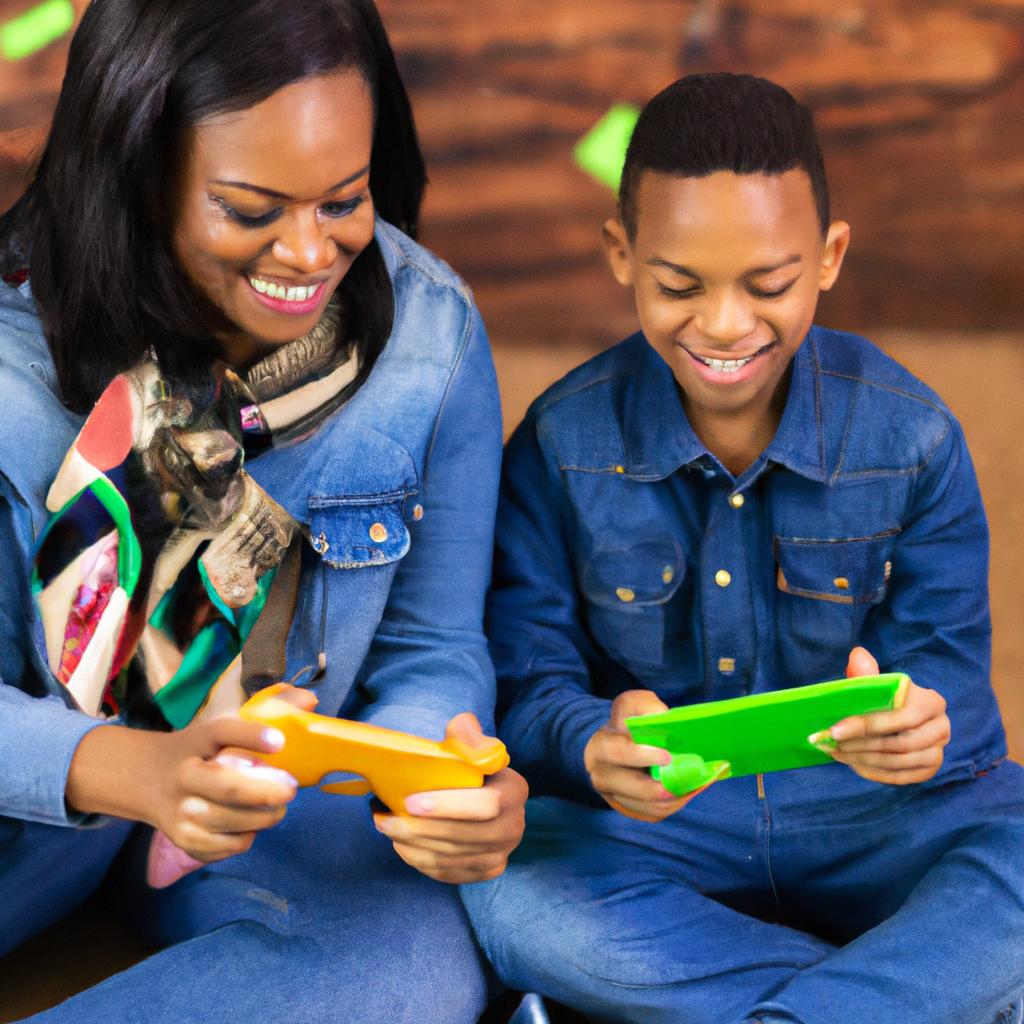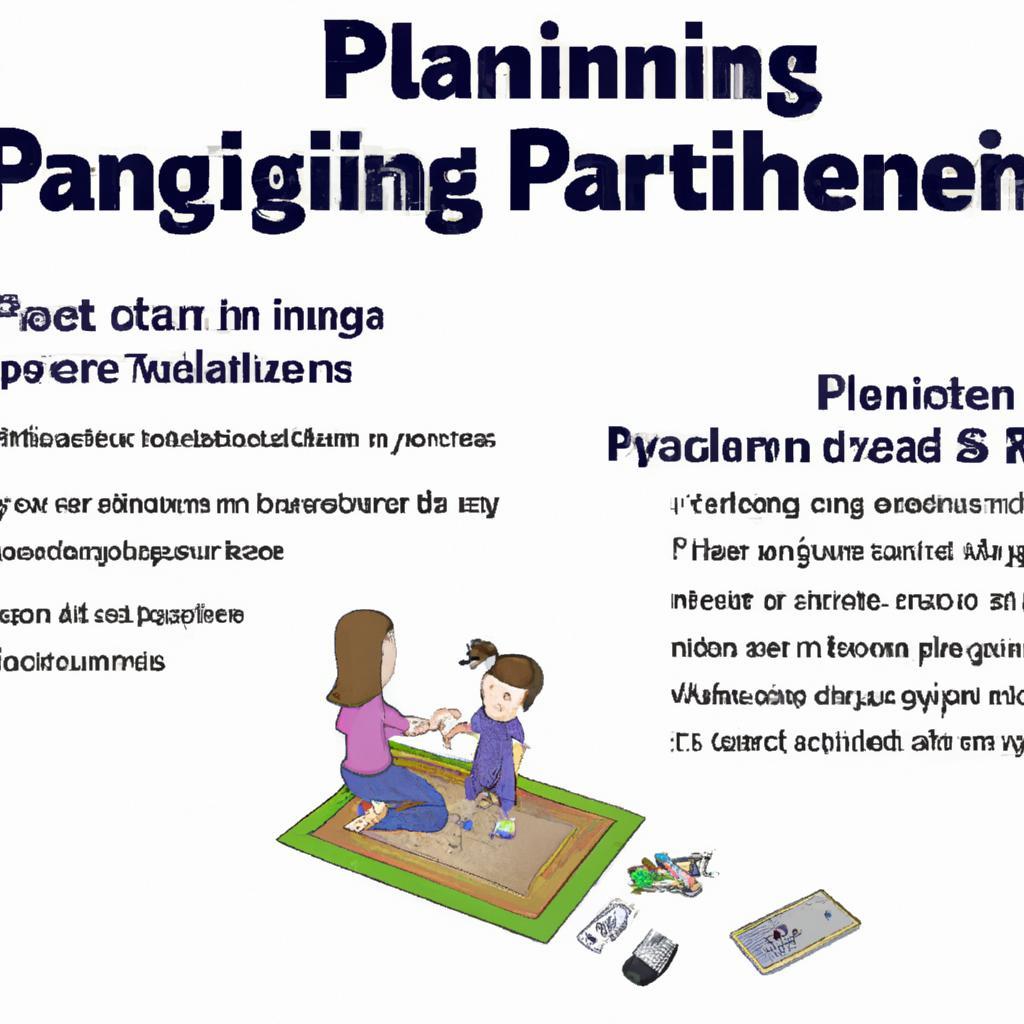In a world where the clicking of controllers and the vibrant glow of screens often compete for our attention, the role of video games in the lives of children has become a focal point of both concern and fascination. As parents navigate the complexities of modern parenting, the digital playground has expanded, offering a rich blend of adventure, strategy, and community. Yet, amid the excitement lies a pressing question: how do we strike a balance between fostering a child’s love for play and ensuring their holistic development? This article delves into the intricate dance between play and parenting, exploring not only the potential benefits and pitfalls of video games but also how they can coexist harmoniously in a child’s upbringing. Join us as we unravel the impact of this virtual frontier, equipping parents with the insights needed to guide their children through the ever-evolving landscape of gaming.
Exploring the Dual Role of Video Games in Child Development and Family Dynamics
Video games serve as a fascinating bridge in the realms of child development and family dynamics, highlighting both opportunities and challenges. On one hand, they can be beneficial in fostering a range of skills among children, including:
- Cognitive Development: Many games encourage critical thinking, problem-solving, and strategic planning.
- Social Skills: Multiplayer environments provide a platform for communication, teamwork, and conflict resolution.
- Creativity: Games that allow for customization and creation stimulate imaginative thinking.
Conversely, there are concerns about excessive gaming leading to potential negative outcomes, such as:
- Social Isolation: Spending too much time gaming can reduce face-to-face interactions.
- Academic Impact: Poor time management may result in neglecting homework and responsibilities.
- Physical Health: Sedentary behavior associated with prolonged gaming can lead to health issues.
Navigating these dynamics requires open dialogues between parents and children. Establishing healthy gaming habits can reinforce family bonds and encourage shared experiences, engaging children in collaborative play and responsible gaming practices.

Strategies for Harmonizing Digital Playtime and Parenting Responsibilities
Finding the right balance between digital playtime and parenting responsibilities can be a rewarding challenge. Consider implementing **structured gameplay** schedules that allow for dedicated gaming time alongside essential daily activities. For example, you might allocate specific hours for gaming that coincide with after-school relaxation or weekend fun. This encourages children to anticipate and appreciate their playtime, fostering a more positive association with video games. You can also engage in **joint activities** to create a bridge between the digital and physical worlds, such as:
- Co-playing: Join your child in their favorite games to better understand their interests.
- Educational games: Explore titles that promote learning while maintaining entertainment.
- Discuss gaming content: Create open dialogues about the themes and messages within the games they play.
Additionally, employing a **digital contract** can set clear expectations for gaming behavior, including time limits and appropriate communication while playing. By collaborating with your child on this agreement, you instill a sense of responsibility and ownership over their gaming habits. For reference, here’s a simple table that outlines potential family rules regarding video gaming:
| Rule | Details |
|---|---|
| Time Limits | Max 1 hour on school nights; 2 hours on weekends |
| Content Check | Parental approval required for new games |
| Participate Together | Weekly family gaming night to bond |
By employing these strategies, you can create a healthier, more engaging environment that harmonizes the joys of digital play with vital parenting responsibilities.
Insights and Conclusions
As we navigate the intricate landscape of parenting in the digital age, understanding the role of video games becomes essential for fostering balanced development in our children. The allure of virtual worlds can be both a blessing and a challenge, offering opportunities for creativity, social connection, and skill-building, while also posing risks of overindulgence and isolation. By fostering open communication, setting boundaries, and encouraging mindful gaming practices, parents can harness the positive aspects of video games, transforming them into powerful tools for learning and growth. Ultimately, striking the right balance between play and parenting is not merely about regulating screen time; it’s about cultivating an environment where children can thrive—embracing the joys of play while nurturing their potential. As we move forward, let us continue to question, reflect, and engage with our children about their gaming experiences, ensuring that we guide them in ways that harmoniously integrate their digital adventures with the realities of their everyday lives. The journey may be complex, but with patience and understanding, we can help our children navigate it with confidence and resilience.


